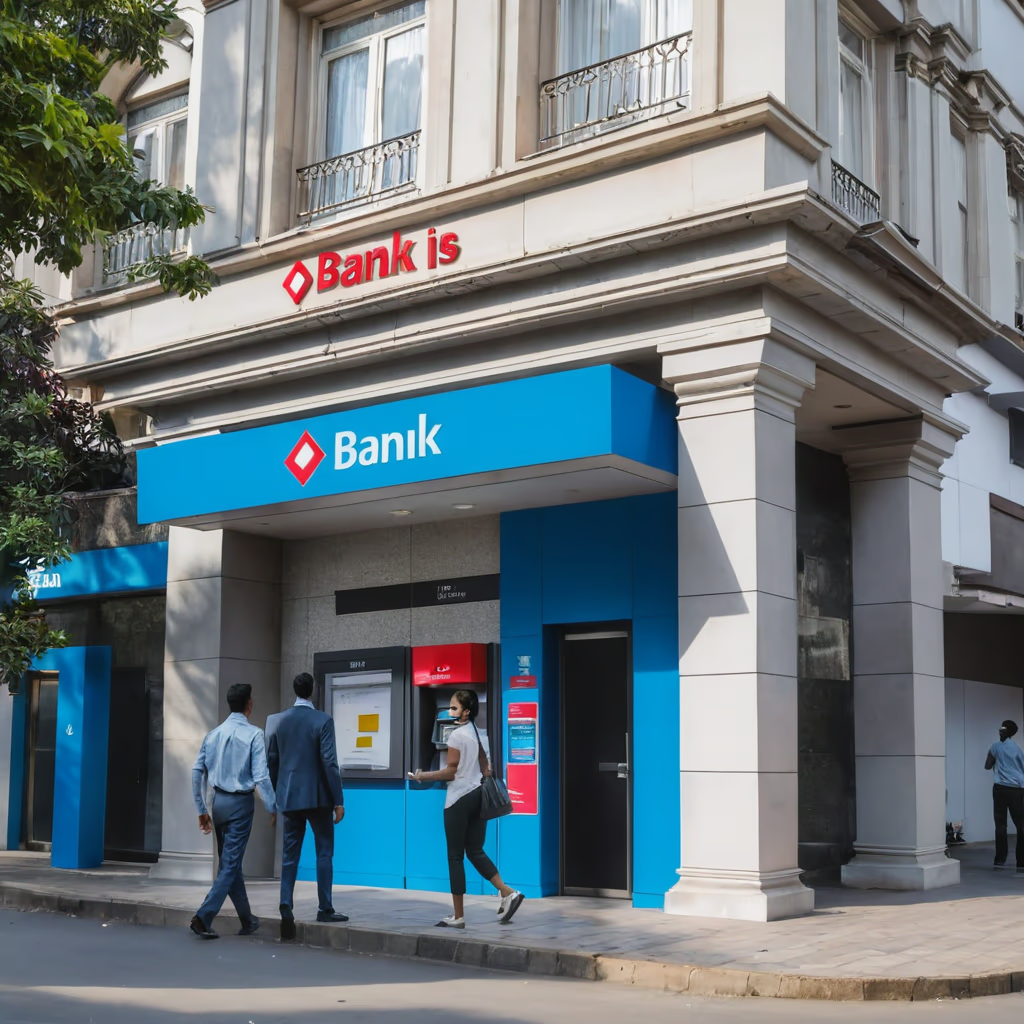
BRICS Pay payment system, aimed at challenging Western-dominated financial systems. Learn about its potential to reshape global payments and promote financial independence for emerging markets.
BRICS Pay
At its core, BRICS Pay is a decentralized, independent payment platform designed for sovereign nations. Unlike the SWIFT system, which most European countries rely on, BRICS Pay is tailored to offer flexibility for member nations. This system allows countries to settle goods and services transactions seamlessly, strengthening economic ties between BRICS nations.
Financial diversification is the ultimate goal of BRICS Pay. By moving away from the U.S. dollar, BRICS members can reduce their reliance on the dollar-based global economy, enabling them to navigate around sanctions and other financial restrictions imposed by Western powers.
Since 2019, BRICS has been exploring the concept of a unified payment system tailored to serve all its member nations.
By 2020, the BRICS Payments Task Force had already begun working on the project, and it’s now gaining significant momentum. At the BRICS Business Forum in Moscow, held at the International Trade Center, attendees were given a preview of the cutting-edge retail technologies that power BRICS Pay.
The Global Impact of BRICS Pay
In a world where U.S. sanctions have excluded certain countries from the global dollar system, BRICS Pay offers a lifeline. The platform is designed to support other large-scale projects, including China’s Belt and Road Initiative, which is expected to increase trade and investment between BRICS countries and beyond.
The expansion of BRICS earlier this year with new members like Saudi Arabia, Egypt, the UAE, and Iran, further cements the importance of BRICS Pay. With the group accounting for a large share of the global economy, this new payment system has the potential to shift the global financial landscape.
The U.S. Dollar: Still a Powerhouse
While BRICS Pay is an exciting development, the U.S. dollar remains the dominant currency in global reserves and debt securities. The dollar accounts for around 60% of global reserves, but geopolitical instability, including tensions over Ukraine and potential volatility from U.S. elections, could weaken its grip. This creates an opportunity for BRICS Pay to become a viable alternative in the future.
How BRICS Pay Benefits Emerging Markets

BRICS Pay is designed to boost economic cooperation within the BRICS nations (Brazil, Russia, India, China, and South Africa) by simplifying cross-border transactions
1. Cost Efficiency
One of the biggest benefits of BRICS Pay is that it significantly reduces transaction costs. For businesses and individuals alike, conducting cross-border transactions becomes more affordable, making it easier for emerging markets to engage in global trade without being burdened by high fees. This cost-saving feature boosts competitiveness and opens doors for greater economic participation.
2. Faster Transactions
BRICS Pay aims to speed up the processing of international payments, offering faster and more efficient transactions. This increased speed ensures that businesses in emerging markets can operate more smoothly, with quick settlements of payments that help maintain cash flow and business agility.
3. Reduced Dependence on Western Financial Systems
By offering an alternative to traditional Western financial networks, BRICS Pay reduces the reliance on global systems like SWIFT or Western banking channels. This independence is particularly beneficial for emerging markets, especially during periods of geopolitical tensions or financial sanctions that could otherwise disrupt transactions.
4. Economic Resilience
BRICS Pay enhances the economic resilience of emerging markets by providing a platform that helps protect against currency fluctuations and other instabilities in the global financial markets. With the ability to conduct transactions within the BRICS ecosystem, nations can better manage risks associated with global financial volatility, helping their economies to stay stable and grow.
5. Financial Inclusion
Another key benefit of BRICS Pay is that it promotes financial inclusion by offering more accessible financial services to underserved populations. In many emerging markets, a significant portion of the population remains unbanked or underbanked. BRICS Pay helps bridge this gap, allowing more people to access the global economy, thereby fostering inclusivity and economic empowerment.
How BRICS Pay Could Impact Global Trade

1. Boosting Trade Volume
With BRICS Pay simplifying cross-border transactions, the trade volume among BRICS nations is likely to see a significant rise. The reduced complexity and cost of moving money across borders encourage businesses within BRICS countries to engage in more trade activities, facilitating the growth of exports and imports. This streamlined system could also extend to other emerging markets, allowing them to benefit from easier access to trade opportunities.
2. Reduced Dependence on the US Dollar
One of the key features of BRICS Pay is its encouragement of local currency use for international trade. By enabling member countries to conduct transactions in their own currencies, BRICS Pay helps reduce reliance on the US dollar, traditionally the dominant currency in global trade. This move toward currency diversification could strengthen the financial independence of these nations and reduce vulnerabilities associated with dollar fluctuations.
3. Strengthening Economic Cooperation
The implementation of BRICS Pay is more than just a financial tool—it’s a step toward deeper economic integration. By making cross-border payments more efficient, this system fosters stronger economic ties among BRICS nations. These strengthened relationships can lead to collaborative projects, joint investments, and shared technological developments, further bolstering trade and economic growth within the bloc.
4. Promoting Financial Inclusion
BRICS Pay has the potential to enhance financial inclusion by providing more accessible financial services to underserved populations. In many emerging markets, large portions of the population remain excluded from formal banking systems. By offering a simplified digital payment system, BRICS Pay can help bridge this gap, allowing more people to participate in the global economy and contribute to regional economic growth.
5. Shifting Geopolitical Dynamics
As BRICS nations increase their influence in global trade, BRICS Pay could trigger a shift in the geopolitical landscape. The platform’s emphasis on using local currencies and reducing dependence on Western financial systems may challenge the current dominance of these systems in global trade. This shift could lead to a more multipolar world where financial power is distributed more evenly among emerging markets and established economies alike.
“What do you think about BRICS Pay? Will it succeed in challenging the U.S. dollar? Share your thoughts in the comments!”




